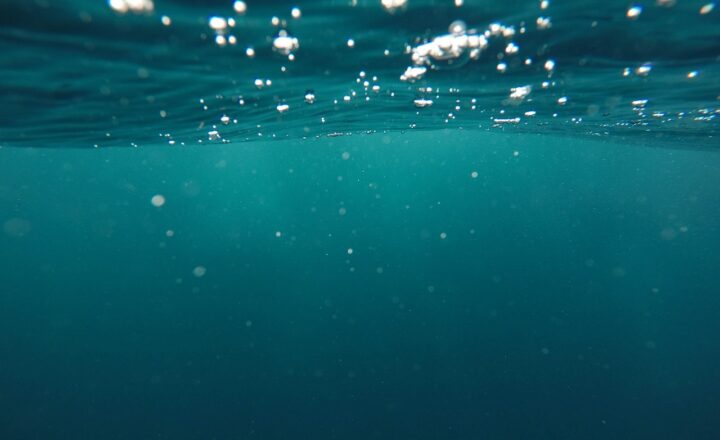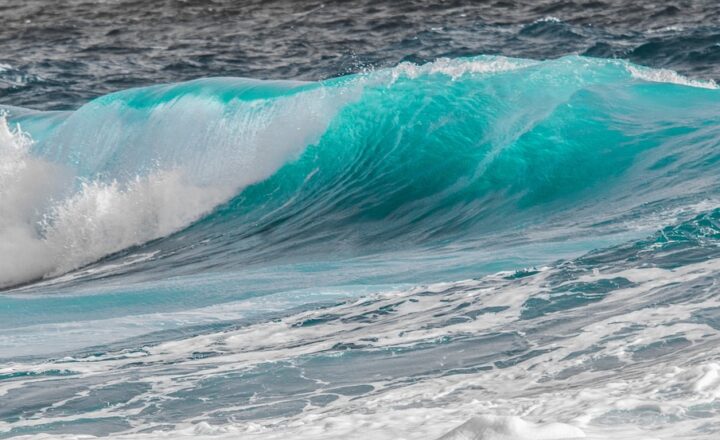The Science of Underwater Photography in Capturing Marine Life
November 14, 2024

Underwater photography is a breathtaking pursuit that allows photographers to explore and immortalize the beauty of marine life. With intricate ecosystems, vibrant colors, and a unique perspective, capturing stunning images underwater requires a blend of technical skill, artistic vision, and an understanding of the natural world beneath the waves.
1. Understanding the Underwater Environment
Before diving into the technicalities of underwater photography, it’s crucial to understand the environment in which you will be working. The underwater world is vast, and various factors influence how light behaves and how images are captured:
– **Water Physics:** Water absorbs colors differently than air, filtering out reds and oranges at greater depths. Understanding this phenomenon enables photographers to make adjustments for accurate color representation.
– **Light Behavior:** Light behaves differently underwater. It refracts when entering water, which means that angles of reflection and refraction are essential to consider for effective composition.
– **Current and Movement:** Being aware of currents and movement will determine not only the safety of the dive but also the stability of your shooting conditions.
Knowledge of these factors will empower photographers to make informed decisions about equipment and techniques.
2. Essential Gear for Underwater Photography
Investing in the right equipment is vital for capturing high-quality underwater images. Essential gear includes:
– **Underwater Camera Housing:** Protecting your camera from water damage is paramount for underwater photography. Housing is available for both DSLRs and mirrorless cameras, ensuring safe operation at various depths.
– **Lenses:** Wide-angle lenses are ideal for capturing expansive seascapes and marine life, while macro lenses are perfect for detailed close-ups of smaller subjects like coral or tiny fish.
– **Lighting Equipment:** Underwater, natural light diminishes quickly. To combat this, consider using strobes or underwater lights to illuminate your subjects effectively.
– **Tripods or Stabilizers:** Depending on your situation, using a stabilizer can help reduce shaking and maintain focus, especially in currents.
Each piece of gear contributes to the overall quality and success of underwater photography.
3. Techniques for Capturing Impressive Marine Life Photos
Using the right techniques is essential for capturing captivating underwater images. Here are some tips to enhance your shooting skills:
– **Approach Gently:** Marine life can be sensitive, so it’s important to approach subjects slowly and quietly. Keep your movements smooth to avoid startling them.
– **Use Natural Light:** Whenever possible, use natural light for a softer appearance. However, make sure to shoot during optimal times, such as early morning or late afternoon, to take advantage of the best lighting conditions.
– **Composition:** As in any form of photography, composition is crucial. Utilize techniques like the rule of thirds, framing, and leading lines to create engaging shots. Capture images that tell a story about the underwater ecosystem.
– **Focus on Eyes:** Just like portraits, capturing the eyes of marine creatures can create a strong emotional connection with the viewer. Ensure you have sharp focus on the eyes of your subject.
Practicing these techniques will elevate the quality of your underwater photographs.
4. Post-Processing for Underwater Photography
Post-processing is an integral part of modern photography, and underwater images are no exception. Following our underwater shooting, editing allows you to enhance images and correct color imbalances. Here are tips for post-processing underwater photos:
– **Color Correction:** Adjust colors to bring back the vibrant reds, oranges, and yellows that may have been lost due to water filtration. Use software like Adobe Lightroom or Photoshop to enhance the color balance.
– **Contrast and Sharpness:** Increasing contrast and sharpening your images can help bring out details that may appear muted underwater. Be careful not to over-process, as it can lead to unnatural-looking images.
– **Cropping and Framing:** Sometimes, cropping an image can drastically enhance its composition, so don’t hesitate to reframe the shot during editing to create a more engaging perspective.
These post-processing steps can help in refining your underwater photography, making the images even more stunning.
5. Respect for Marine Life and Environment
With the privilege of capturing the beauty of marine life comes the responsibility of protecting it. Here’s how photographers can show respect towards marine ecosystems:
– **Avoid Touching Marine Life:** For your safety and that of the marine creatures, avoid touching or disturbing wildlife and coral reefs.
– **No Taking Home Souvenirs:** Marine life should remain in their natural environment. Never collect shells or other marine organisms, as this disrupts the ecosystem.
– **Follow Local Guidelines:** Be aware of regulations and guidelines established by local authorities or environmental groups. These regulations are designed to protect marine life.
– **Embrace Sustainability:** Use eco-friendly products and engage in practices that will lead to better conservation efforts.
By following these principles, underwater photographers can preserve the fragile beauty of marine environments for future generations.
Conclusion
Underwater photography is a wondrous realm, marrying art and science to create evocative images of marine life. By understanding the underwater environment, utilizing appropriate gear, mastering shooting techniques, and respecting the natural world, photographers can capture stunning underwater images that tell the ongoing story of our oceans. As we continue to push the boundaries of this captivating medium, let us also commit to protecting the marine environments we so deeply admire and seek to portray.








